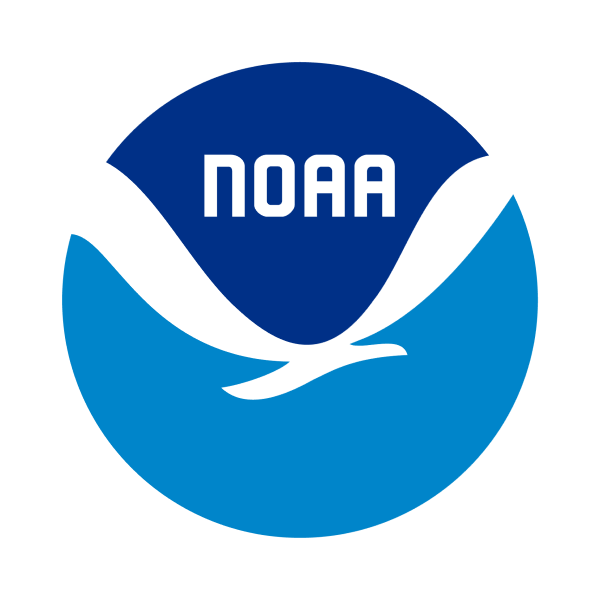Villanova University is conducting a regional assessment of the Guánica Watershed, Puerto Rico, by studying the upstream sources and movement of marine debris and evaluating how debris breaks down over time in different habitats and conditions.
Type of Project: Research
Region: The Caribbean
Project Dates: September 2021 - August 2024
Who is involved?
Researchers from Villanova University, with the support of a NOAA Marine Debris Program research grant, are conducting a study to understand the amount and types of debris from numerous sources and pathways across the Guánica Watershed, Puerto Rico. They will work closely with Alelí Environmental, Inc. and Protectores de Cuencas to collect and monitor marine debris in many habitats in Puerto Rico and conduct a regional assessment of marine debris in this area with the goal of informing management actions.
What is the project and why is it important?
Marine debris comes from many sources, including littering, illegal dumping, agriculture, and trash escaping from trash or recycling bins, among others. The amounts of marine debris from each source is not well known. However, this information is important when evaluating solutions to reduce marine debris.
Researchers from Villanova and partners in Puerto Rico will study the sources and movement of marine debris from rivers to bays to coastal waters. Debris will be measured and characterized from many sites, including rivers, beaches, mangroves, storm drains, and coastal waters, in southwestern Puerto Rico during both wet and dry seasons. They will then conduct a regional assessment of the Guánica Watershed by analyzing upstream sources of marine debris and how it travels from rivers to coastal areas. Researchers will also evaluate how plastic and metal debris degrade, or break down, in these habitats when exposed to different conditions, such as sunlight, sediments, water, air, and different levels of salinity in fresh and salt water. Results from the field and the laboratory experiments will be compared, including the amount of time debris takes to break down and impacts to the immediate surrounding areas. Overall, study results will inform management actions in this area.
For more information about this project, visit the Marine Debris Program Clearinghouse.
 An official website of the United States government.
An official website of the United States government. 
